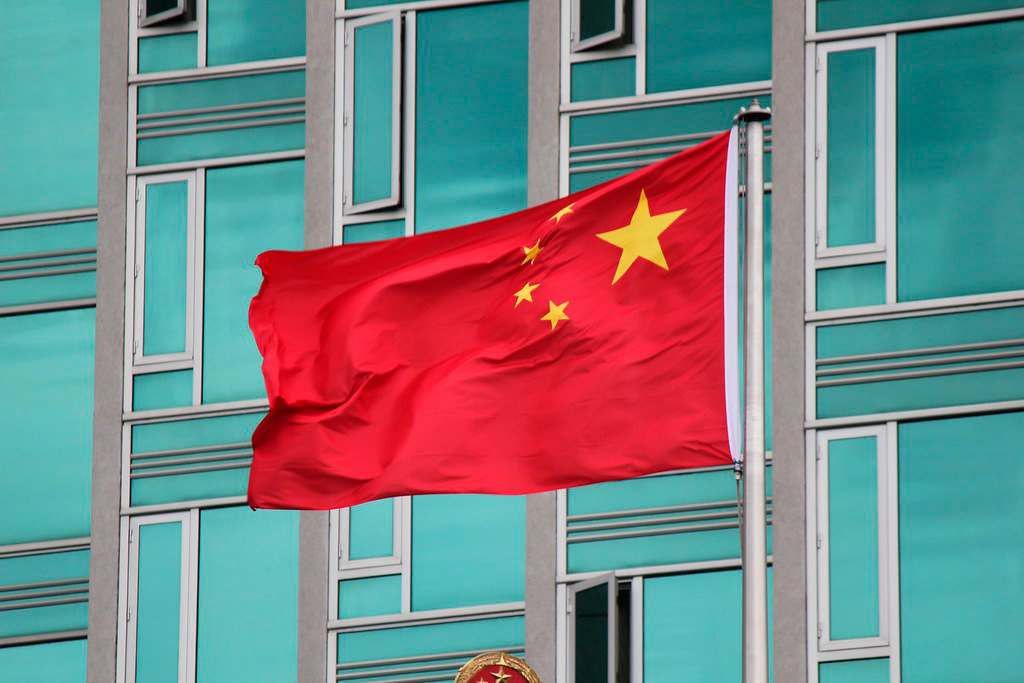OPED By Vaishali Basu Sharma
Reports have once again begun to surface that China is continuing its plans to build a “super” dam on the lower reaches of the Yarlung-Tsangpo River (known as the Brahmaputra in India) close to the Line of Actual Control (LAC) in Tibet.
Noted geopolitical expert Brahma Chellany in a recent piece for Nikkei Asia, said, ‘ China can’t just keep building the world’s biggest dam in secret.’
China’s mega project, with a planned capacity of 60 gigawatts, close to its heavily militarized frontier with India, will supersede both in size and capacity with its own ‘Three Gorges Dam,’ currently the world’s largest hydroelectric facility.
Occasionally, reports of China’s dam-building activity come out in the media, but because China never clarifies the scale and the geographical extent of these projects, they remain shrouded in mystery.
Originating on the Angsi Glacier near Mount Kailash and girdled by the arms of the Eastern Himalayan Syntaxis, the 3,969-kilometer transboundary tributary Yarlung-Tsangpo/Brahmaputra is a major river system that includes contrasting climatic and hydrologic zones.
It flows through distinct regions, originating in the Tibet Autonomous Region (TAR), the Yarlung Zangbo flows into India as the Brahmaputra and finally forms the delta in Bangladesh.
After its 1,100-kilometer eastward course through which it receives several tributaries, the river turns suddenly to the northeast and cutting a course through a succession of great narrow gorges between mountainous massifs at the eastern end of the Himalayas it turns southward, crossing the China-India Line of Actual Control (LAC) with canyon walls that extend upward for 5,000 meters or more on either side forming a deep gorge (the “Yarlung Tsangpo Grand Canyon”) as it enters India.
It is the ninth-largest river in the world in terms of water discharged (19,825 cubic feet per second).
It is understood that China plans to generate hydroelectric power at the point on the Yarlung-Tsangpo/Brahmaputra, where the river takes a sharp knee bend (u-turn) before entering India.
When reports of the dam reemerged in November 2020, the Chinese state-run tabloid Global Times said, “China will build a hydropower project on the Yarlung-Tsangpo River, one of the major waters in Asia that also passes through India and Bangladesh.”
Chairman of the Power Construction Corp of China, or Powerchina, had announced, “There is no parallel in history (of the project… it will be a historic opportunity for the Chinese hydropower industry.” He had announced that the dam could provide 300 billion kilowatt hours (kWh) of clean, renewable, and zero-carbon electricity annually, which would help Beijing meet its clean energy goals. These reports continued even into 2021 and have resurfaced once again.
There is also the possibility that China may divert the river towards the north to mitigate water scarcity in some parts of the country. In either case, the implications for India would be horrendous ecological upheaval or a reduction of water flow.
By conservative accounts, China allegedly has plans for around 100 dams to generate hydropower from major rivers rising in Tibet. According to geopolitical analyst Brahma Chellaney, “China is engaged in the greatest water grab in history,” building multiple dams on all the major rivers running off the Tibetan plateau.
It is believed that China began constructing small dams along the mainstream of the Yarlung-Tsangpo, and now plans are possibly underway to build the largest dams.
In January this year, geospatial intelligence researcher Damien Symon, through satellite imagery, confirmed that one of these smaller dams is being constructed just a few kilometers north of the Indian-Nepali-Chinese border trijunction, on the Mabja Zangbo (Tsangpo) river in Tibet’s Burang County.
His tweet read, “While the structure isn’t complete, the project will raise concerns regarding China’s future control of the water in the region” The images show the formation of an embankment-type dam with a reservoir.
In a recent Chatham House report, Symon has claimed via satellite images taken in the months from October 2022 that on the Chinese side of the Line of Actual Control, previous rudimentary positions have given way to an established Chinese presence.
Although this is unrelated to the dam-building activity, it provides further proof of continuing instability along sections of the Himalayan border.
As per customary international law based on the 1968 Helsinki Rules and the 1997 UN Convention on Non-Navigational Uses of International Watercourses, a lower riparian cannot veto interventions in a river by the upper riparian.
However, a lower riparian, in this case, India, can ask for prior notice of intention of intervention, full detailed technical information, due regard for the concerns of the lower riparian, advance consultations, and the acceptance of the principle of avoidance of “substantial harm” or “significant injury” to the lower riparian. The question remains – would China be mindful of India’s concerns?
As per a 2002 Memorandum of Understanding (MoU), China is required to share hydrological information on the Yarlung-Tsangpo/Brahmaputra between May and October so that downstream India might be alerted in case of massive flow rate during the monsoon season.
However, India became wary of the Chinese tendency to withhold information on river status after the 2017 Doklam border standoff when China abruptly stopped communicating water flow levels.
Any unilateral hydropower project in China must take an integrated approach involving all riparian nations and avoid the prospect of severe conflict.
For now, dam construction along the course of the Yarlung-Tsangpo-Brahmaputra threatens to compound long-standing tensions over China’s growing regional influence.

